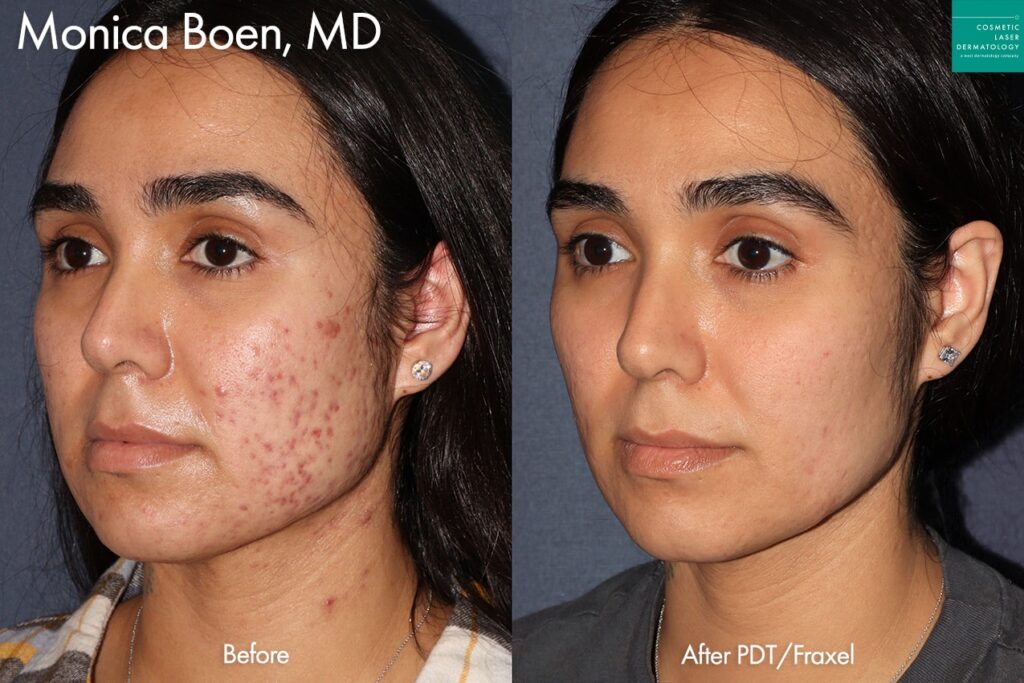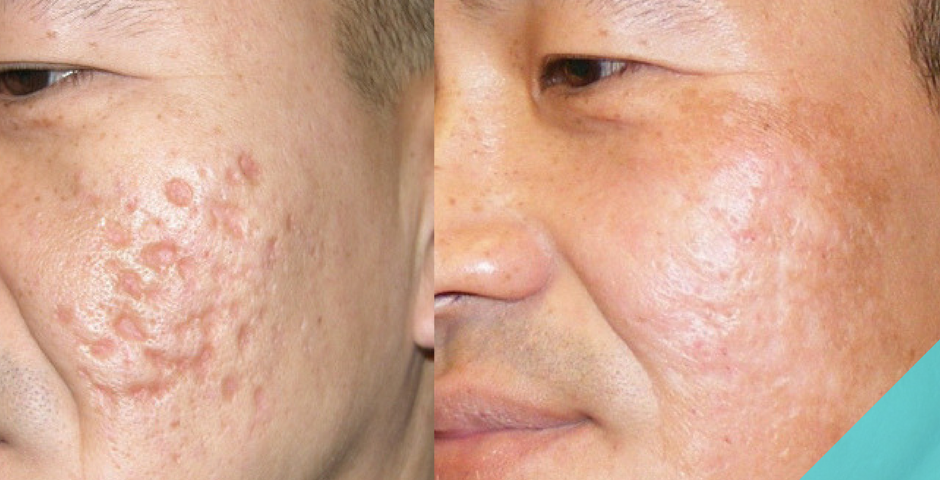Skin Rejuvenation Treatments: Revitalize Your Skin and Reduce Acne Scars
Skin Rejuvenation Treatments: Revitalize Your Skin and Reduce Acne Scars
Blog Article
Exploring Skin Problem: Dealing With and identifying Acne Scars for Healthier Skin
Acne marks stand for a substantial worry for individuals looking for to keep healthy skin, as they can impact both appearance and self-esteem. Understanding the different kinds of scars, from atrophic to hypertrophic, is vital for figuring out ideal treatment alternatives.
Understanding Acne Scars

The body's natural healing process can lead to either atrophic scars, which show up as anxieties in the skin, or hypertrophic scars, which are raised and arise from overflow of collagen. Furthermore, the psychological toll of acne scars need to not be taken too lightly; several individuals report feelings of shame, stress and anxiety, and reduced self-worth. This psychological worry can influence social interactions and general top quality of life.
Dealing with acne scars needs an extensive understanding of their formation and impact. Recognition of the capacity for long-term consequences related to without treatment scars can encourage people to look for suitable treatments. Early intervention and efficient administration strategies can considerably improve skin appearance and boost mental resilience, highlighting the value of comprehending the complexities bordering acne scars.
Kinds Of Acne Marks
Acne marks can be categorized right into distinctive types, each exhibiting special features and calling for particular therapy methods. acne scars treatment. The primary sorts of acne scars include atrophic, hypertrophic, and keloid marks

Hypertrophic marks, in comparison, are elevated over the skin level and are the outcome of excessive collagen manufacturing throughout the recovery process. They typically continue to be within the limits of the initial acne sore. Keloid marks are comparable but prolong past the initial injury site, developing larger, increased areas that can be itchy or unpleasant.
Recognizing these kinds of scars is crucial for choosing ideal treatment choices. Various scars might respond better to particular therapies, such as laser therapies, fillers, or medical treatments, highlighting the relevance of a customized method to acne mark monitoring.
Recognizing Your Marks
When assessing the look of your skin, it is essential to properly identify the type of scars existing, as this will certainly educate one of the most efficient therapy approach. Acne marks generally fall under two groups: hypertrophic and atrophic scars. Atrophic scars, which are the most typical, look like clinical depressions or imprints on the skin. These can further be categorized right into ice-pick scars, boxcar marks, and rolling marks, each exhibiting unique features and requiring various strategies for assessment.
Hypertrophic scars, on the other hand, are increased and happen as a result of too much collagen production during the healing procedure. Identifying the certain attributes of your marks-- such as texture, width, and depth-- is necessary for correct recognition (skin rejuvenation treatments). In addition, take into consideration the distribution of scars throughout your skin, as this can suggest the intensity and period of the acne home condition
Engaging with a skin specialist can offer important insights into the nature of your scars, aiding in the differentiation between numerous kinds. A thorough understanding of your scars will inevitably lead to an extra customized and efficient therapy plan, guaranteeing a clearer and much healthier skin.
Therapy Choices Available
Identifying the details sort of acne marks existing on your skin prepares for exploring reliable therapy alternatives. Common kinds of acne scars consist of atrophic (clinically depressed), hypertrophic (raised), and post-inflammatory erythema.
For atrophic marks, alternatives such as chemical peels, microneedling, and laser resurfacing are commonly used. Chemical peels off utilize acids to get rid of the external layer of skin, promoting new cell growth. Microneedling entails tiny needles that develop micro-injuries, promoting collagen production. Laser resurfacing targets harmed skin cells, enhancing appearance and tone.
Hypertrophic marks can be treated with corticosteroid injections to squash the scar or laser therapy to minimize soreness and enhance appearance. Silicone gel sheets and stress dressings may additionally help in managing elevated scars.
On top of that, dermal fillers can momentarily fill in clinical depressions from atrophic scars, while medical excision may be proper for severe situations. Each therapy choice has its factors to consider and advantages, making it necessary to talk to a dermatologist. They can offer tailored recommendations based upon the kind and seriousness of your marks, along with your skin type and general health.
Tips for Prevention
Efficient avoidance techniques can dramatically decrease the probability of creating acne scars. The very first step is to keep a regular skincare routine that includes gentle cleansing, peeling, and hydrating. Making use of non-comedogenic items helps avoid blocked pores, which can worsen acne. In addition, integrating topical therapies having salicylic acid or benzoyl peroxide can effectively reduce and handle breakouts inflammation.
Preventing the impulse to select or pop acne sores is vital, as this can bring about deeper skin damages and enhance the danger of scarring. Instead, take into consideration utilizing a cold compress or over-the-counter treatments to lower swelling and inflammation.
Sun protection is one more crucial element of prevention; ultraviolet (UV) rays can dim scars and impede the recovery process. Using a broad-spectrum sunscreen with at the very least SPF 30 daily can protect the skin and advertise also recovery.
Last but not least, keeping a balanced diet regimen abundant in vitamins, antioxidants, and minerals sustains skin health and wellness and healing. Remaining hydrated and managing stress degrees can also play a substantial function in decreasing acne flare-ups. By implementing these methods, individuals can dramatically minimize their possibilities of creating acne marks.
Final Thought
In final thought, understanding and recognizing acne marks is important for reliable treatment and achieving healthier skin. Different kinds of acne marks, consisting of hypertrophic and atrophic scars, necessitate certain interventions customized to individual needs.
The body's natural check my reference healing process go right here can result in either atrophic scars, which appear as anxieties in the skin, or hypertrophic marks, which are elevated and result from overflow of collagen. They are more separated right into 3 subtypes: ice pick marks, boxcar marks, and rolling marks. Acne marks generally fall into two classifications: hypertrophic and atrophic marks. These can better be identified right into ice-pick marks, boxcar marks, and rolling scars, each exhibiting distinct qualities and requiring different techniques for evaluation.
Different kinds of acne marks, consisting of hypertrophic and atrophic marks, demand details treatments customized to individual demands.
Report this page